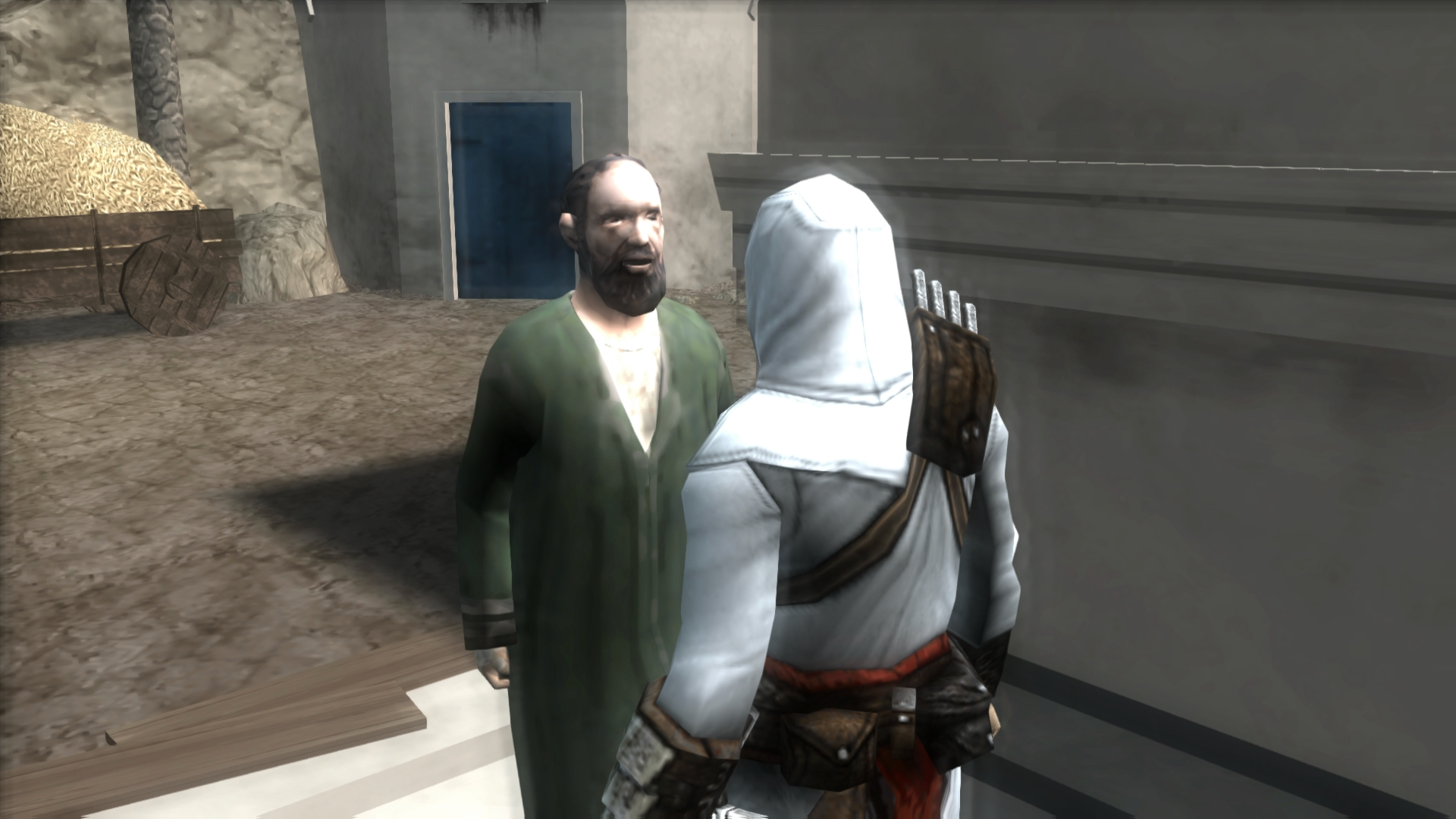
The fact remains that enemies joining the fray without warning gets annoying when you just want to move on to your next objective.īloodlines is far more linear than AC1 was.
Assassins creed bloodlines worth playing how to#
This would be a larger problem if the battles weren’t so ridiculously easy enemies never learn how to deflect combo attacks and are always susceptible to one-hit-kill counters. Enemies also have a tendency to appear literally out of nowhere, often replacing one you’ve just killed. The single biggest problem the cities have is a feeling of emptiness caused by the PSP’s inability to display large crowds of people. Even with the areas being so small, draw distance is unimpressive. To accommodate the PSP’s low power level, the cities are broken into smaller chunks with gates connecting to each other around the edges of the areas.
Assassins creed bloodlines worth playing psp#
The lower draw distance and small number of citizens are unavoidable due to PSP power restrictions. On the whole, the controls aren’t as smooth as in AC1, but they’re largely functional. How Altair moves is altered, with wall-climbing being accelerated and general fluidity of motion being decreased. This works surprisingly well, but takes some getting used to. The controls for Bloodlines are nearly identical to those in AC1, save for changes required to make the game work on a system that only has one analog stick: Battle lock-on has been moved to Triangle, and you use L in conjunction with the face buttons to control the camera. The rest of the game plays out there as Altair works to put an end to the Templar work. At the end of the level, he runs into Maria Thorpe (Robert de Sable’s female decoy that Altair spared in AC1) and learns of Templar plans on the island of Cyprus. As Bloodlines opens, Altair is attacking a Templar harbor fortress in Acre. The story takes place not too long after the end of AC1 in Altair’s time, so we’re left to assume that these memories are being viewed during Desmond’s remaining time at Abstergo before Assassin’s Creed II starts.


The menus are very much based on the Animus from Assassin’s Creed 1, but you never leave the machine at any point in the game. Only invested AC fans should even consider this game, so this review will assume familiarity with (and for plot purposes, completion of) the first title in the series.Īssassin’s Creed: Bloodlines stars Altair, with Desmond Miles strangely nowhere in sight. The PSP, lacking this power, does not seem a wise system on which to attempt to replicate the experience, and playing Assassin’s Creed: Bloodlines serves only to accentuate that point. Although people couldn’t agree on the overall quality of the first Assassin’s Creed, it was generally accepted that the game made impressive use of the new HD game systems to pump out detailed cities with a LOT of people milling about.


 0 kommentar(er)
0 kommentar(er)
